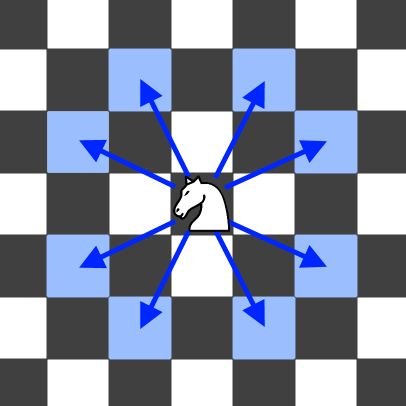Given a
rows x cols screen and a sentence represented by a list of non-empty words, find how many times the given sentence can be fitted on the screen.
Note:
- A word cannot be split into two lines.
- The order of words in the sentence must remain unchanged.
- Two consecutive words in a line must be separated by a single space.
- Total words in the sentence won't exceed 100.
- Length of each word is greater than 0 and won't exceed 10.
- 1 ≤ rows, cols ≤ 20,000.
Example 1:
Input: rows = 2, cols = 8, sentence = ["hello", "world"] Output: 1 Explanation: hello--- world--- The character '-' signifies an empty space on the screen.
Example 2:
Input: rows = 3, cols = 6, sentence = ["a", "bcd", "e"] Output: 2 Explanation: a-bcd- e-a--- bcd-e- The character '-' signifies an empty space on the screen.
Example 3:
Input: rows = 4, cols = 5, sentence = ["I", "had", "apple", "pie"] Output: 1 Explanation: I-had apple pie-I had-- The character '-' signifies an empty space on the screen.
Code (Java):
class Solution {
public int wordsTyping(String[] sentence, int rows, int cols) {
String str = "";
for (String word : sentence) {
str += word + " ";
}
int len = str.length();
int start = 0;
for (int i = 0; i < rows; i++) {
start += cols;
if (str.charAt(start % len) == ' ') {
start++;
continue;
}
while ((start % len - 1 >= 0) && str.charAt(start % len - 1) != ' ') {
start--;
}
}
return start / len;
}
}
